-
Alle Produkte dem Warenkorb hinzugefügt.
Zutaten
|
humectant, coupling agent Hexanediol and 1,2-hexanediol is a highly effective and mild coupling agent and humectant. It is especially useful when bonding silicone products and can be used at lower concentrations than many other coupling agents, therefore reducing its irritation likeliness.
|
|||
|
soothe, restore Yeast-derived ingredient that functions as a good soothing and skin-restoring agent. Adenosine has proven anti-wrinkle benefits due to its ability to energize skin’s surface so it looks smoother and younger. Naturally present throughout the body, adenosine is a beneficial ingredient all skin types can use. - European Commission Cosmetic Ingredient Glossary
|
|||
|
1) Simple Alcohol (denat), Ethanol, Ethyl Alcohol: anti-sceptic 1) has a cleansing and disinfecting effect. Can dry out the skin at a high percentage and is often used to make a product "evaporate" faster.
|
Myth |
||
|
skin conditioning agent: soothing, healing, exfoliating Allantoin has a number of skin care applications, and is thought to have moisturizing effects as well as properties that help create smooth, healthy skin. Allantoin also provides a natural protectant for healing skin and is believed to promote cell regeneration. By stimulating the natural rejuvenation process, allantoin can help get rid of acne scars and create a more balanced skin tone.
|
|||
|
humectant: amino acid Primarily functions as a humectant and anti-irritant in cosmetic products. The small polar molecules of this ingredient are prone to hydrogen bonding (AKA interacting with water), which in turn gives it the ability to retain moisture. It's able to give superior hydration to the skin, without the residual stickiness often associated with glycerin based emulsions. When used in skin care products, it can temporarily decrease the depth of wrinkles, giving the face a much smoother appearance.
|
|||
|
solvent, skin conditioning agent Butylene glycol (1.3-Butanediol) is a small organic alcohol used as solvent and conditioning agent. Commonly-used ingredient that has multiple functions in cosmetics, including as a texture enhancer. It’s similar to propylene glycol, but has a lighter texture.
|
|||
|
thickening agent, texture Carbomers are thickening agents that help control the viscosity and flow of cosmetic products. They also help distribute and suspend insoluble solids into liquid, and prevent the oil and liquid parts of a solution from separating.
|
|||
|
synthetic solvent Dipropylene glycol is most often used as a solvent in a wide variety of industries and products, but in cosmetics it has also found use as a fragrance, masking agent and in controlling the viscosity of a formulation.
|
|||
|
preservative, stabilizer Cosmetic manufacturers frequently use this ingredient for a variety purposes. It primarily works as a preservative, chelator and stabilizer, but has also been shown to enhance the foaming and cleaning capabilities of a cosmetic solution. - European Commission Cosmetic Ingredient Glossary
|
|||
|
humectant Glycerin is what is called a humectant, meaning that it attracts water. When glycerin or glycerol is applied to the skin, it seals in moisture that might otherwise escape. Glycerin in lotions or other skin care products can help prevent or combat dry skin. Glycerin is a compound that can be made from natural products such as vegetable oil, or can be synthesized from propylene alcohol. The result is an alcohol-based product that is an ingredient in many skin-care products. Most people are very tolerant of glycerin, without experiencing irritation. The effects of glycerin on skin are a healthier, more natural-looking appearance.
|
|||
|
cooling, fragrance Menthoxypropanediol is a cooling agent synthetically derived from menthol that is used as a fragrance or masking ingredient in cosmetic and beauty products. It is known to produce effects that are twice as strong as menthol and is used at concentrations up to 20-25% that of menthol, exhibiting a cool feeling 2.0 to 2.5 times stronger than menthol, according to research.
|
|||
|
preservative Methylparaben is an antifungal and preservative that is widely used in cosmetics. Because it is easily absorbed through the skin and is generally considered non-irritating, it is a very popular beauty product ingredient (Wikpedia) and is used to prevent fungal growth and to generally preserve formulas.
|
Myth New studies in the cosmetics industry has found the low levels of parabens in cosmetics to be safe and the connection between parabens and breast cancer to be weak. |
||
|
antioxidant, vitamin, skin restoring, brightening Also known as vitamin B3 and nicotinic acid, niacinamide is a very effective skin-restoring ingredient that offers multiple benefits for aging skin. Among these benefits is the ability to visibly improve the appearance of enlarged pores, uneven skin tone, fine lines, dullness, and a weakened skin surface. Niacinamide can also reduce the damage environmental attack can cause, and is stable in the presence of heat and light.
|
Myth This combination is fine and is in fact quite beneficial! The research this misconception is based on was conducted in the 1960s; the forms of niacinamide and vitamin C used in this study were not stabilized—although niacinamide itself is very stable. The base of the formula used in this study was also far different than today’s sophisticated skincare formulas. Today, cosmetic chemists know how to combine niacinamide and vitamin C in the ideal base formulas that enhance their compatibility. |
||
|
vitamin B5 derivative Panthenol is the provitamin of B5 because and is used in cosmetics and beauty products primarily as a lubricant, emollient and moisturizer because of its ability to bind to the hair and penetrate the skin, providing both with lubrication and hydration (Wikipedia). Panthenol is also considered a potential acne treatment because of its absorption properties that can counteract bacteria and its anti-inflammatory properties (Source).
|
|||
|
PEG 40 Hydrogenated Castor Oil emulsifier, fragrance PEG 40 Hydrogenated Castor Oil is the polyethylene glycol derivatives of hydrogenated castor oil, and is an amber colored, slightly viscous liquid that has a naturally mildly fatty odor. It is used in cosmetics and beauty products as an emulsifier, surfactant, and fragrance ingredient.
|
|||
|
skin conditioning agent, humectant, fragrance, solvent Propylene glycol is a useful little molecule and has found applications as a skin conditioning agent, humectant (moisturizer), fragrance ingredient, solvent and is used to reduce the viscosity of a formulation. It is seen in a wide variety of products.
|
|||
|
moisturizer, skin conditioning agent, solvent Propylene Glycol, a petroleum derivative produced by propylene oxide hydration, is a versatile ingredient used in over 4,000 products and formulas in the cosmetics and beauty industry as a moisturizer, skin conditioning agent, carrier in fragrance oils, solvent and viscosity decreasing agent.
|
|||
|
preservative, fragrance Sodium Benzoate is a salt of Benzoic Acid, found naturally in cranberries, prunes, plums, cinnamon, ripe cloves, and apples and used as a preservative in cosmetics and personal care product formulas as a fragrance ingredient, masking ingredient, anti-corrosive agent, and most frequently, as a preservative. As a preservative, it prevents bacteria and fungi from developing in products and formulas and changing their compositions (Wikipedia). When combined with caffeine in Caffeine Sodium Benzoate, it can provide UVB protection with antioxidant activity.
|
|||
|
humectant, occlusive Hyaluronic Acid is a naturally occurring substance in the human body that regulates cell renewal, lubricates connective tissue and maintains skin’s moisture and elasticity. When used topically, creates a moisture barrier on the skin, helping to make it smoother and softer. This ingredient is able to hold up to 1000x its own weight in water, thus producing amazing benefits for dehydrated skin. Because it is already naturally present in our bodies, hyaluronic acid is a safer alternative to synthetic ingredients.
|
|||
|
fatty acid: fragrance, surfactant, emulsifier Stearic Acid is a fatty acid found primarily in animal derivatives, but in vegetable fats as well. It is used in a variety of cosmetics and personal care products, as a fragrance ingredient, surfactant and emulsifier. It is also used as the base for the manufacture of other fatty acid ingredients which are used as emulsifers, emollients and lubricants, according to CosmeticsInfo.org.
|
|||
|
moisturizer, antioxidant Trehalose is a sugar found in plants, fungi and invertebrate animals, and used in cosmetics and personal care products as a flavoring agent and moisturizer. It is considered useful because of its rehydrating and water binding properties, as well as its antioxidant powers (CosmeticsCop.com and Wikipedia). In other words, Trehalose, when applied topically, may allow the skin to retain moisture that it would otherwise lose, creating dry skin and potentially increasing aging signs.
|
|||
★ Please take a look in our Glossary for more...







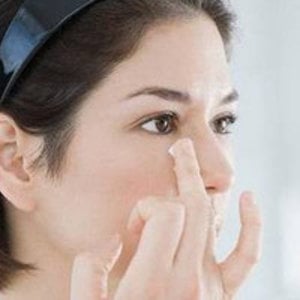
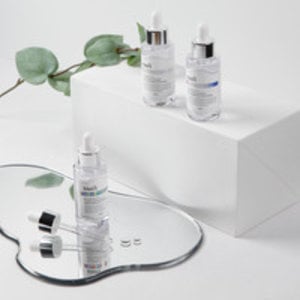








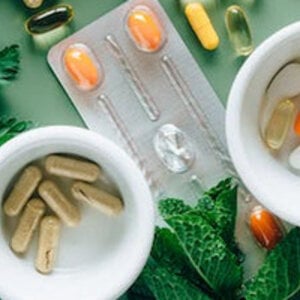


 Teenager
Teenager Student
Student Karriere (Suche)
Karriere (Suche) Party!
Party!
 Im Flugzeug
Im Flugzeug Reisen freundlich
Reisen freundlich Tagesausflug
Tagesausflug
 Postkarten
Postkarten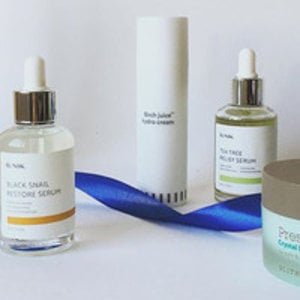 Beauty gifts
Beauty gifts <3 Gift Card
<3 Gift Card
 7-Skin Method
7-Skin Method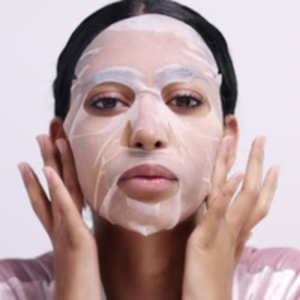 1 Day 1 Mask
1 Day 1 Mask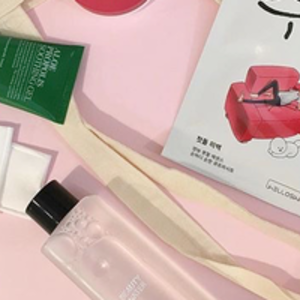 Best of K-beauty
Best of K-beauty Face Gym
Face Gym Glass skin
Glass skin
 Haru Haru Exclusives
Haru Haru Exclusives Fashion & Lifestyle
Fashion & Lifestyle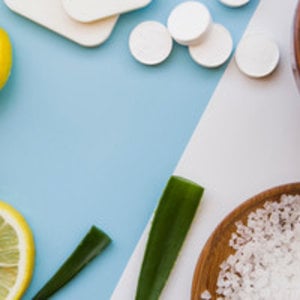

 1. Reinigung
1. Reinigung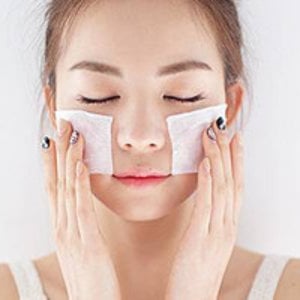 2. Toner
2. Toner 3. Augencreme
3. Augencreme 4. Treatment / Boost
4. Treatment / Boost 5. Hydratation
5. Hydratation 6. Sonnenschutz
6. Sonnenschutz 6. Nachtpflege
6. Nachtpflege
 Hauttyp - Normal
Hauttyp - Normal Hauttyp - trocken
Hauttyp - trocken Hauttyp - Ölig
Hauttyp - Ölig Hauttyp - Kombi
Hauttyp - Kombi Hauttyp - Empfindliche
Hauttyp - Empfindliche Hautprobleme - Dehydriert
Hautprobleme - Dehydriert Hautprobleme - Pigmentierung
Hautprobleme - Pigmentierung Hautprobleme - Akne
Hautprobleme - Akne Hautprobleme - Falten
Hautprobleme - Falten
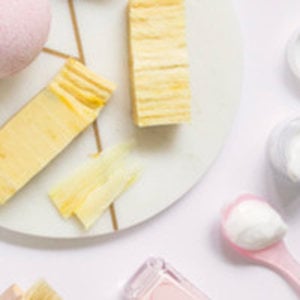 Wie viel sollte ich verwenden?
Wie viel sollte ich verwenden? Anwendungen und Abwicklungen
Anwendungen und Abwicklungen Sequenz und Wartezeiten
Sequenz und Wartezeiten Maskenrichtlinie
Maskenrichtlinie Recycle & upcycle
Recycle & upcycle
 Natürlich vs. synthetisch
Natürlich vs. synthetisch Clean vs. dirty beauty
Clean vs. dirty beauty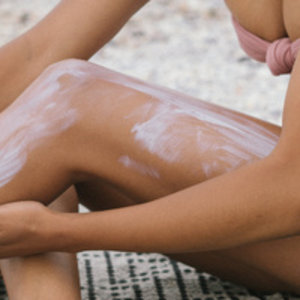 Mineraler vs. chemischer UV-Filter
Mineraler vs. chemischer UV-Filter Offene und geschlossene Poren
Offene und geschlossene Poren Öle sind schlecht für fettige Haut
Öle sind schlecht für fettige Haut No makeup, no double cleansing
No makeup, no double cleansing Keine Sonne, kein Sonnenbrand
Keine Sonne, kein Sonnenbrand Gruselige Säuren
Gruselige Säuren Fettige Haut, keine moisturizer
Fettige Haut, keine moisturizer
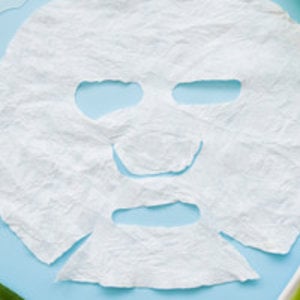 Sheet Masking Tips
Sheet Masking Tips 7 Skin Method
7 Skin Method
 Pigmentierungen & Mattheit
Pigmentierungen & Mattheit Falten & Zeilen
Falten & Zeilen Akne & Pickle
Akne & Pickle Vergrößerte Poren
Vergrößerte Poren Ölkontrolle
Ölkontrolle ⤷ Talgproduktion
⤷ Talgproduktion
 Zutaten
Zutaten Glossary
Glossary FAQ: kbeauty
FAQ: kbeauty FAQ: Hautrpflege
FAQ: Hautrpflege Workshops
Workshops
 Haut typ quiz
Haut typ quiz Routine quiz
Routine quiz Akne quiz
Akne quiz


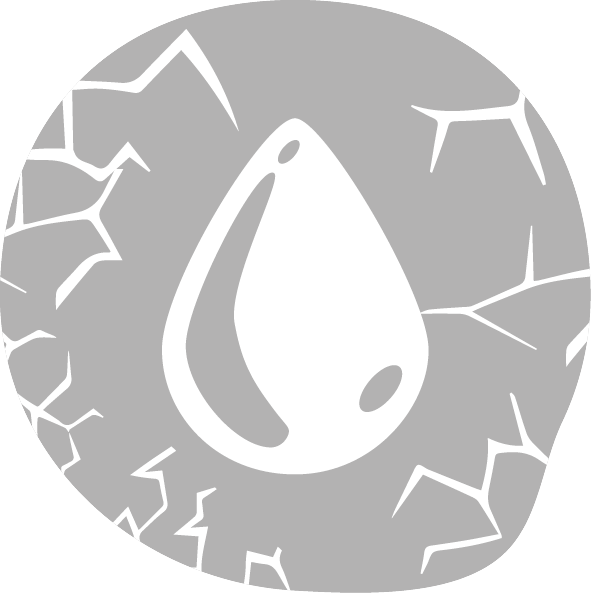

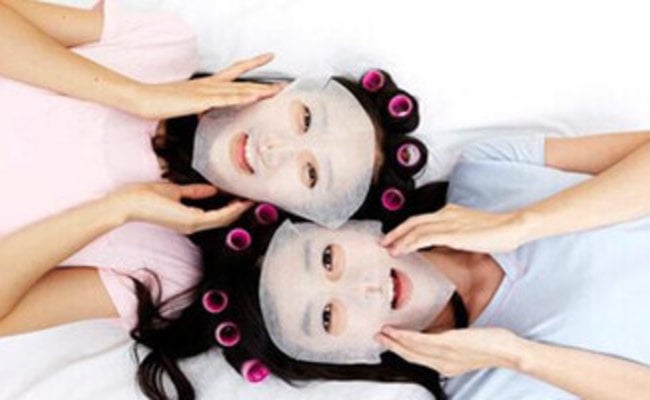
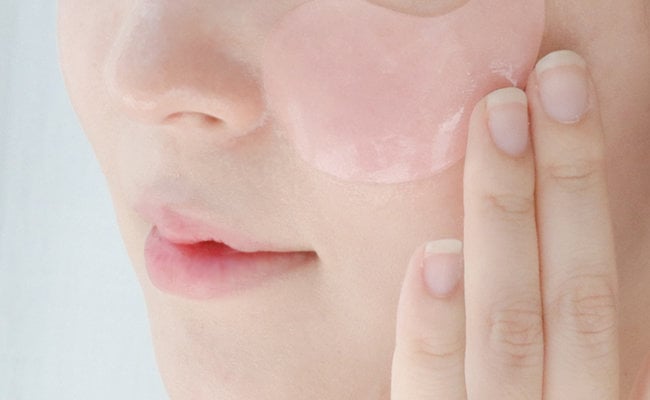
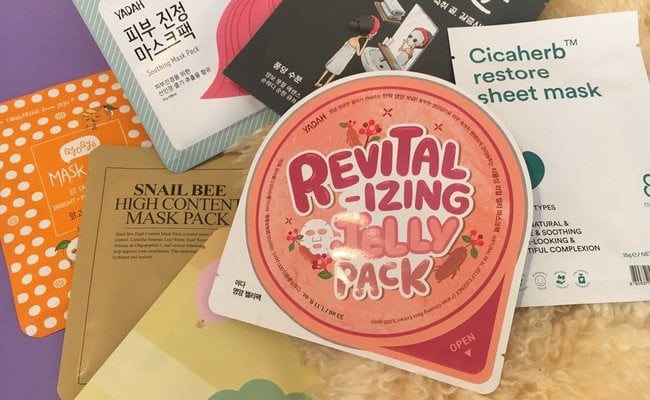




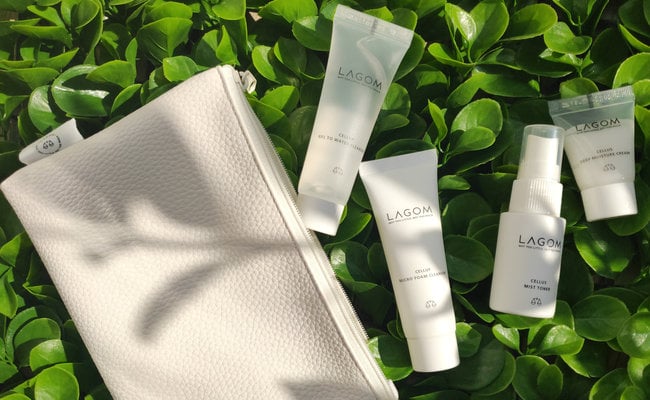







![[ PETITFEE ]
Beautifying Mood on Cleanser -100ml](https://cdn.webshopapp.com/shops/239114/files/406948442/400x450x1/petitfee-beautifying-mood-on-cleanser-100ml.jpg)
![[THANK YOU FARMER] Rice Pure Clay Mask to Foam Cleanser - 150ml](https://cdn.webshopapp.com/shops/239114/files/409487563/400x450x1/thank-you-farmer-rice-pure-clay-mask-to-foam-clean.jpg)
![[ YADAH ]
Be My Tint 01 Wannabe Pink - 4g](https://cdn.webshopapp.com/shops/239114/files/211817276/400x450x1/yadah-be-my-tint-01-wannabe-pink-4g.jpg)

